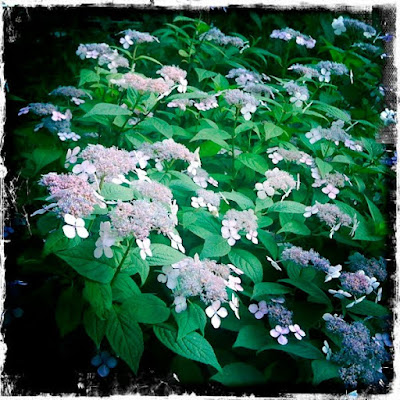
 I finally saw Bright Star last night, only a bit more than a year after it came out. Jane Campion is one of the most intelligent and visual directors, and I am always more than happy to see her films. In Bright Star, the depiction of the seasons unfolding on the English country side, while beautiful in a way that such scenes have been offered in countless period films, still manages to avoid being clichéd. Perhaps it is because there is an element of wildness in the nature depicted, not overly perfect nor manicured. In the same way, the clothes look hand-stitched, just as they would be at the time. It is in such minute details that Campion's films differ from others.
I finally saw Bright Star last night, only a bit more than a year after it came out. Jane Campion is one of the most intelligent and visual directors, and I am always more than happy to see her films. In Bright Star, the depiction of the seasons unfolding on the English country side, while beautiful in a way that such scenes have been offered in countless period films, still manages to avoid being clichéd. Perhaps it is because there is an element of wildness in the nature depicted, not overly perfect nor manicured. In the same way, the clothes look hand-stitched, just as they would be at the time. It is in such minute details that Campion's films differ from others. But the best thing in the film comes at the end: as the credit rolls on a black screen, Ben Whishaw, who played John Keats in the film, gives the most moving recitation of Ode to a Nightingale. Whishaw reads the poem as if he had written it himself. He has said that reading poems such as Ode to A Nightingale led him to discover a toughness and honesty in Keats that he had not expected. "It flies but is also connected to the earth." Well said.
I just want to sit in the evening darkness and listen to this.
















































